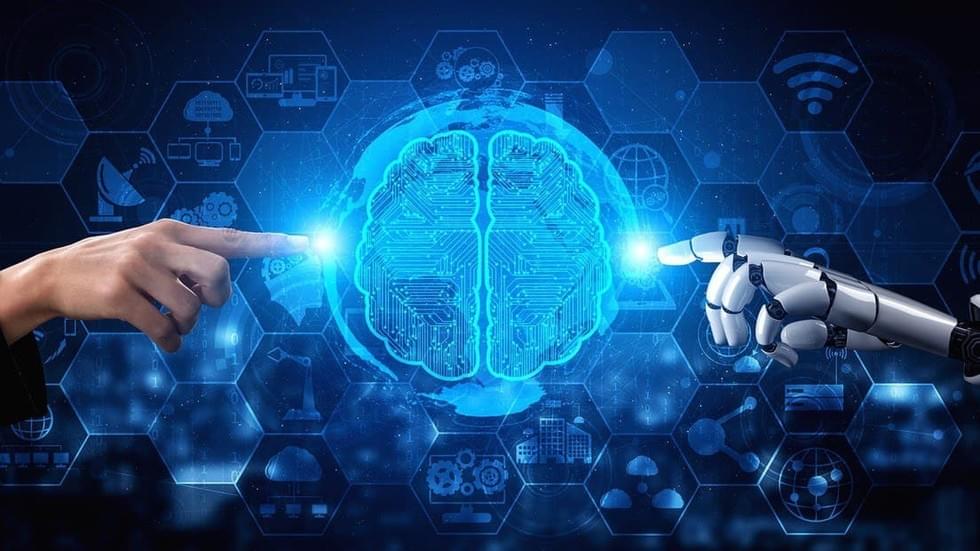It’s a major initiative, led by Russia’s Ministry of Science and Higher Education, which aims to boost higher education and research programs. The academic leadership program wants the country’s higher education centers to become more attractive to foreign students and scientists. Priority 2030 opened for business this summer, and after several months, over one hundred Russian universities were chosen as participants. All of them would get at least 100 million rubles ($1.4 million) annually for the development of their projects. Dozens of participants also applied for special grants, which provide the opportunity to receive up to 1 billion rubles ($13.6 million) annually.
There is a wide range of areas where artificial intelligence technology may be of use. All of these areas require qualified staff, and educating them is becoming a priority for Russian universities.





